For all the billing and cooing on public forums about the Royal Ballet’s The Two Pigeons revival, there’s a silent majority out there who daren’t speak for fear of the Twitter ordure that would fall on them. The box office and the empty seats attest to them. You’ll have not the smallest difficulty in booking coachloads in for any of the 11 performances remaining as I write.
The curious thing is that the revival of this ballet some 30 years after it last fluttered in Covent Garden came about because of overwhelming public demand, says the Royal Ballet’s artistic director Kevin O’Hare. It remains obscure how this public demand was assessed, but it seems to be the new thing in Floral Street, as the ROH is inviting more suggestions from ‘the public’ for ballets he should programme.
There’s a lot that’s interesting about this. First, O’Hare is giving himself the Valmont defence: if ‘the public’ programmes the repertoire — that’s the public who pay the taxes that provide subsidy to the Royal Ballet — and the programmes bomb, it’s beyond his control. That’s referendums for you. On the other hand, he’s making no promises, so it’s one of those teasingly pointless ‘dialogues’.
Second, it ascribes to the tiny band of social-media botherers an authority to cast block votes for ‘the public’, on the assumption, I imagine, that it is where ‘the young audience’ expresses itself. Yet this exercise more certainly demonstrates that the Royal Ballet’s social-media respondents include some of the most trenchant Middle Englanders of the ballet crowd, the most grimly set in their convictions that 50 years ago we never had it so good in ballet and The Two Pigeons represents all that is great about British art.
This noise shouldn’t distract from the one question that matters, The Two Pigeons’ artistic value. Which in my view is negligible. At least, as it is danced by today’s Royal Ballet dancers, who are brisk modern creatures with very little fantasy in their sensible heads. Twee and fake are qualities that can be beguiling in ballet, but only if handled with consummate accomplishment, technical wit and a full heart.
But The Two Pigeons is twee and fake to excess. After we’ve been smothered by girly pouts and pigeon impressions in the artist’s garret, we must survive an eternity of feeble ‘gypsy’ hokum before we are rewarded, at long last, by the ecstatic final pas de deux — with or without live white pigeons behaving themselves — where the choreography rises to the sublime. The rest can be dismissed as (Ashton’s own phrase) ‘English goo’, with neither the athletic spice of Russian-school character dances — say, from Don Quixote or Le Corsaire — nor the affectionate zest of Ashton at his most engaged with the people’s ensemble, as in La Fille mal gardée or Daphnis and Chloë, say.
There is hardly an unclichéd moment. The bad girl wiggles her shoulders and moues, the good girl waggles her elbows and pouts. The boy has the generic attention-deficit syndrome, torn between painting his boring little miss at home and running off with the gypsies, which needs bags of stage presence to engage us. Only the most sophisticated artists can whip such flimsy ingredients into a captivating emotional foam, and in the opening cast neither Vadim Muntagirov nor Lauren Cuthbertson seemed to have much clue.
A bouquet, though, to Laura Morera’s rich tease of a gypsy. Musical and witty, the endlessly resourceful Morera is right now the most rewarding ballerina in the Royal Ballet. Another bouquet to Barry Wordsworth’s conducting, particularly of the haunting Ashton/Satie ballet Monotones I & II that completes this programme.
I had expectations of Russell Maliphant’s new programme with his lighting collaborator Michael Hulls, Conceal/Reveal, at Sadler’s Wells. A recent creation, Spiral Pass, swirls and twirls pleasantly like an ice-skating ensemble, accomplished but not riveting. Two other new pieces could not conceal the increasing repetitiousness in Maliphant’s work and an increasingly unhelpful obtrusiveness by Hulls’ lighting plans.
What remains riveting is Broken Fall, the fantastic trio he made in 2003 for Sylvie Guillem and the BalletBoyz, Michael Nunn and William Trevitt; but without their huge presences and powerful ballet polish, this revival exposes the present performers as kids doing adults’ work. Very much like the Two Pigeons problem.
Got something to add? Join the discussion and comment below.
Get 10 issues for just $10
Subscribe to The Spectator Australia today for the next 10 magazine issues, plus full online access, for just $10.

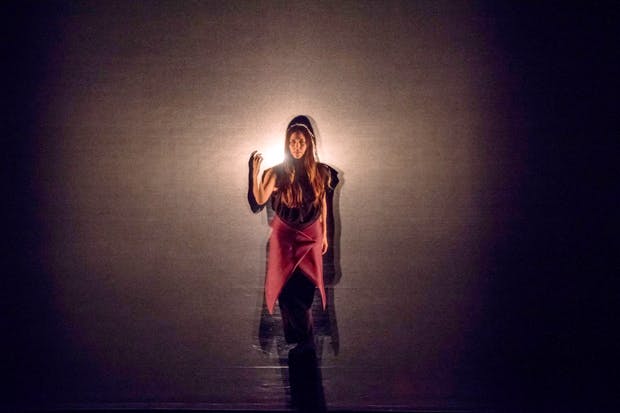
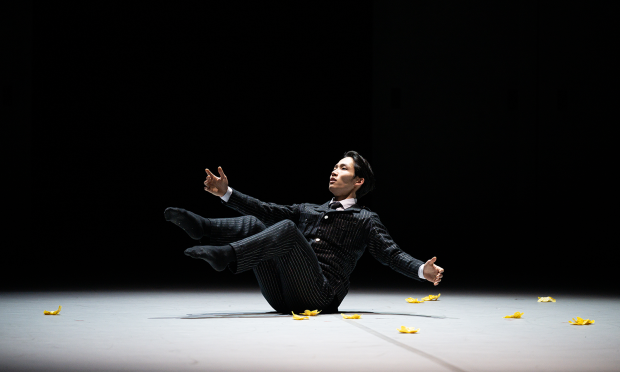
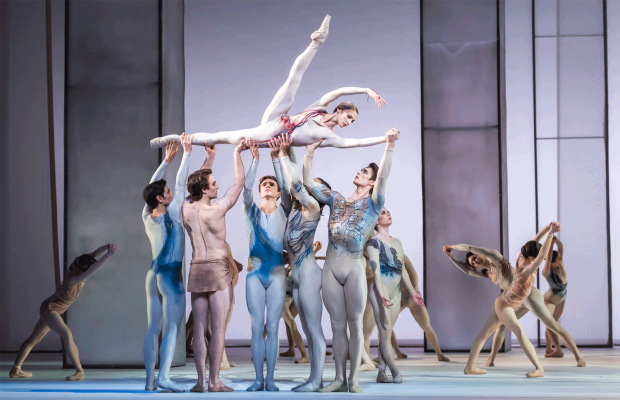

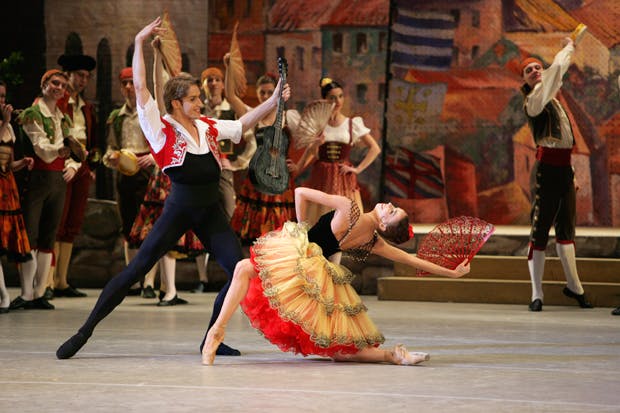
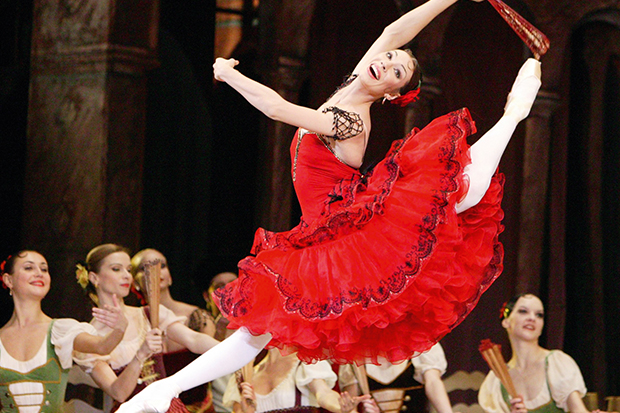
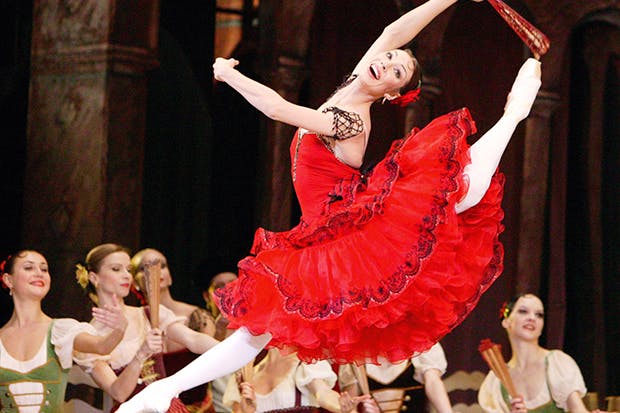






Comments
Don't miss out
Join the conversation with other Spectator Australia readers. Subscribe to leave a comment.
SUBSCRIBEAlready a subscriber? Log in